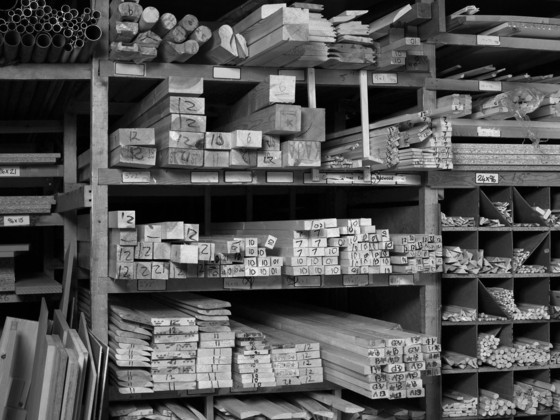Hello,
I retired last year with 36 years in construction. I was a framing Carpenter and built lots of houses, schools and commercial buildings.
One thing that nobody could ever answer was the following:
With 2x4s and 2x6s, they were always 1/2" undersize in each dimension.... 1 1/2" x 3 1/2" and so on. With 2 x 8 and larger, the depth got progressively shorter.
The 2 x 8s often were just 7 3/8"- 1/4" and the 2 x 10s were often 9 1/4" maybe even 9 1/8".
Why? How is it that they were able to cheat builders out of the additional depth? Is it that it is a better grade of lumber than before where that additional 3/8" didn't matter structurally?
I retired last year with 36 years in construction. I was a framing Carpenter and built lots of houses, schools and commercial buildings.
One thing that nobody could ever answer was the following:
With 2x4s and 2x6s, they were always 1/2" undersize in each dimension.... 1 1/2" x 3 1/2" and so on. With 2 x 8 and larger, the depth got progressively shorter.
The 2 x 8s often were just 7 3/8"- 1/4" and the 2 x 10s were often 9 1/4" maybe even 9 1/8".
Why? How is it that they were able to cheat builders out of the additional depth? Is it that it is a better grade of lumber than before where that additional 3/8" didn't matter structurally?


















